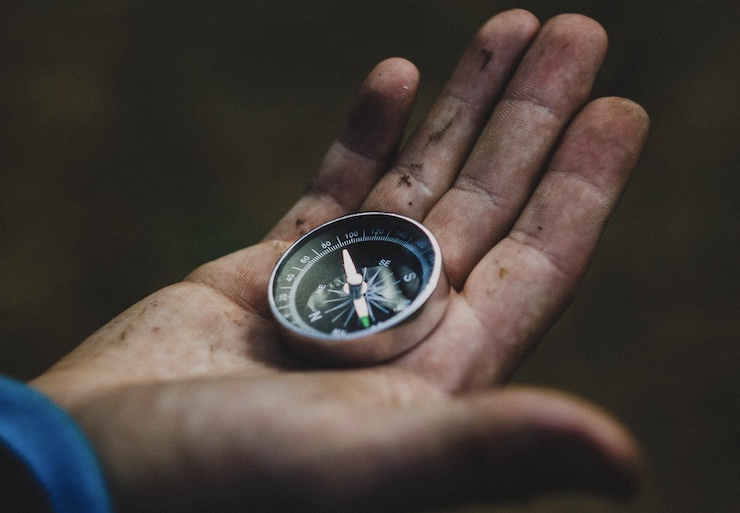
In North America, search and rescue (SAR) operations are overseen by a wide range of organizations. SAR is carried out by federal and local governments as well as local volunteer units. Each of these agencies depends on coordinating with collaborators to ensure the recovery of missing persons, be it a large group of people or a single person.
In every SAR operation, every second counts. The quicker a search can be orchestrated, the higher the chance of a positive recovery. Over the last decade, SAR teams have statistically had better mission outcomes due to the use of drone technology. With drones, SAR teams can get a bird’s eye point of view of a setting to help rapidly locate a missing person. Drone technology can even make it so SAR teams can find someone who is hidden beneath building rubble, dense foliage, snow, in the water, or even in a cave. Thermal cameras attached to drones make it so what would be hidden to a ground SAR team is now easily visible.
Once a drone locates a missing person it can be used in a number of ways. If a drone has a microphone and speaker on it, the SAR team can communicate with a victim, letting them know that help is on the way. The drone can also be used to transport emergency supplies to a trapped person awaiting rescue. But most importantly, the drone can help the SAR team develop a clear and safe plan of action to rescue a victim. Recently, a collaboration between Canada’s Robotics Center, the US’s Teledyne Technologies, and England’s cellular tech company Smith Myers announced the development of a system that will increase drone capabilities in SAR operations.
One of the drawbacks of drones in SAR operations is that, at times, communications between the drone operator and other SAR team members can be lagging. By incorporating Smith Myers’ ARTEMIS mobile phone detection on Teledyne’s drone platforms, Robotics Center has built a new system called Echo SAR. This system turns any mobile device within range of the drone into a communication network. Echo SAR can even work when there is no cellular network available. The system can relay text messages instantly without having to connect to a cellular network. The device brings up a map and pinpoints all the cell phones in the area. Now, the SAR team has a visual representation of where each of its members is. This includes a mobile device on a missing person.
Andrew Munro, Director of Smith Myers explained that “ARTEMIS turns a mobile phone into a rescue beacon and was designed specifically for SAR and natural disaster situations.” Previously ARTEMIS was only available for use on manned aerial platforms. “By integrating this capability onto Teledyne FLIR drones through the Echo payload, Robotics Centre has created a truly game-changing tactical UAS solution,” Mr. Munro said. “This new system can prove vital in emergency circumstances where a rapid response can mean the difference between life and death.”
|